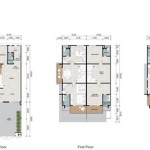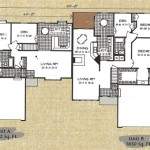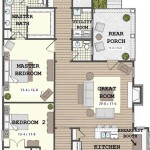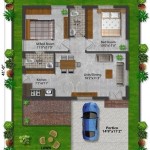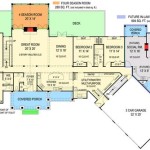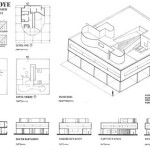Create My Own House Floor Plans
Creating a house floor plan is a crucial step in the home design process. Whether building a new home or renovating an existing one, a well-designed floor plan serves as a roadmap, guiding construction and ensuring the space functions effectively. While hiring an architect is a common approach, advancements in software and online tools empower individuals to create their own house floor plans, offering greater control over the design and potentially saving costs.
Several factors contribute to the increasing popularity of do-it-yourself floor plan creation. The availability of user-friendly software designed specifically for this purpose is a key driver. These programs provide intuitive interfaces, drag-and-drop functionality, and pre-drawn elements like walls, doors, and windows, making the design process accessible even to those without architectural training. The cost-effectiveness of creating plans independently is another significant factor, especially for smaller projects or preliminary designs. Additionally, the ability to explore various design options and make revisions easily empowers homeowners to take ownership of their spaces.
Before embarking on the floor plan creation process, several crucial steps should be considered. First, defining the project scope is essential. This involves determining the overall size and purpose of the house, identifying the necessary rooms, and considering future needs. Conducting thorough research on local building codes and regulations is also critical to ensure compliance and avoid potential issues during construction. Gathering inspiration from various sources, including magazines, websites, and existing house plans, can help visualize design preferences and identify desired features.
Choosing the right software is paramount to a successful floor plan design experience. Numerous options are available, ranging from free online tools to professional-grade software packages. Free tools offer basic functionality suitable for simple projects, while paid software provides advanced features like 3D modeling, virtual tours, and cost estimation. Factors to consider when selecting software include ease of use, available features, compatibility with different operating systems, and the level of support provided.
Once the software is selected, the actual design process can begin. This typically involves starting with a basic outline of the house’s footprint, then adding walls, doors, and windows to define individual rooms. Precise measurements are crucial during this stage to ensure accurate representation of the space. Experimenting with different layouts and room configurations is encouraged to optimize flow and functionality. Incorporating furniture placement within the plan can further enhance the visualization of the space and identify potential design challenges.
Beyond the basic layout, incorporating essential elements into the floor plan is vital for a comprehensive design. Electrical and plumbing systems should be carefully planned, including the placement of outlets, switches, fixtures, and water lines. Heating, ventilation, and air conditioning (HVAC) systems require consideration for optimal airflow and temperature control. Incorporating these elements within the floor plan ensures a cohesive design and facilitates the construction process.
While software significantly simplifies the design process, several best practices can further enhance the quality and effectiveness of the floor plan. Maintaining clear and accurate dimensions throughout the plan is paramount to avoid discrepancies and ensure a smooth construction process. Utilizing a consistent scale helps maintain proportionality and allows for accurate visualization of the space. Labeling rooms and elements clearly improves communication and understanding of the design. Using layers within the software can help organize different aspects of the plan, such as walls, electrical, and plumbing, making it easier to manage and modify the design.
Printing the floor plan to scale allows for a physical representation of the design, facilitating discussions and revisions. Sharing the plan with contractors and other professionals involved in the project ensures everyone is working from the same blueprint. Regularly backing up the digital file protects against data loss and allows for easy retrieval of previous versions.
Creating a floor plan requires attention to detail and careful planning. Considering factors such as traffic flow, natural light, and privacy can significantly impact the functionality and livability of the space. Traffic flow refers to the movement within the house, and optimizing it can prevent congestion and improve accessibility. Maximizing natural light through strategic window placement can reduce energy consumption and create a brighter, more welcoming environment. Considering privacy needs when positioning bedrooms and bathrooms enhances the comfort and functionality of the house.
Accessibility is another critical consideration, particularly for individuals with mobility challenges. Incorporating features like wider doorways, ramps, and accessible bathrooms ensures the space is usable and comfortable for everyone. Sustainability is an increasingly important factor in modern home design. Incorporating energy-efficient features, such as proper insulation, energy-efficient windows, and sustainable building materials, can reduce environmental impact and lower long-term operating costs.
Creating one's own house floor plan offers significant advantages in terms of control, cost savings, and personalization. By utilizing available software, following best practices, and considering crucial design elements, individuals can effectively design a functional and aesthetically pleasing home that meets their specific needs and preferences.

House Plans How To Design Your Home Plan

House Plans How To Design Your Home Plan

House Plans How To Design Your Home Plan

House Plans How To Design Your Home Plan

House Plans How To Design Your Home Plan

House Plans How To Design Your Home Plan

Floor Plan Creator And Designer Free Easy App

Designing My Own House

House Plans How To Design Your Home Plan

Floor Plan Creator And Designer Free Easy App

